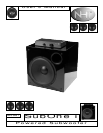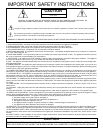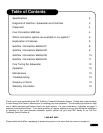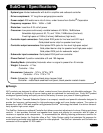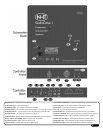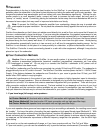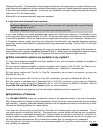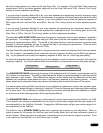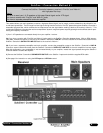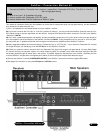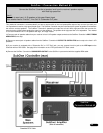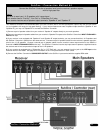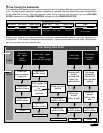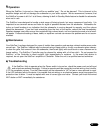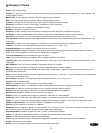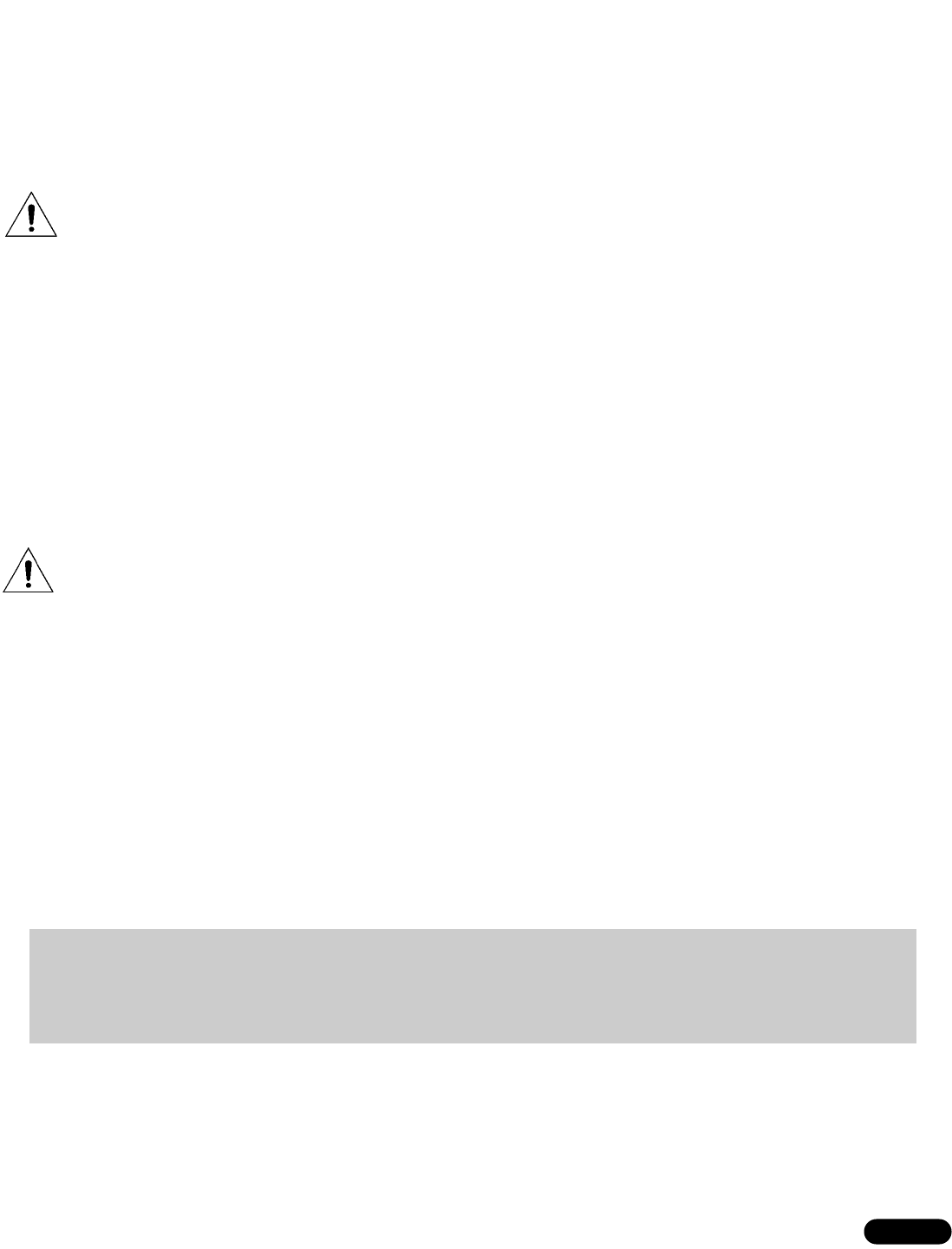
!!
Placement
Experimentation is the key to finding the best location for the SubOne i in your listening environment. When
possible, place the subwoofer in the same horizontal plane and along the same wall as the main speakes. Low
frequencies produce long wavelengths and thus interact with room boundaries significantly. Placing the sub-
woofer nearer to a room boundary (walls, corners) will tend to increase its bass output, but may result in
“boomy” or “muddy” sound. Conversely, placing the subwoofer farther away from room boundaries will tend to
decrease its bass output, but may result in improved articulation and clarity.
Note: To prevent the SubOne i subwoofer amplifier from overheating, always be sure to provide ade-
quate space for proper ventilation. Do not place the subwoofer directly against the wall or any other sur-
face.
Position the subwoofer so that it does not radiate sound directly into a wall or floor, and ensure that it faces into
the room, unobstructed by large furnishings. If you are using two subwoofers, the greatest improvement in low
frequency response is usually achieved by placing the second subwoofer asymetrically on the oppostite side of
the room from the first. For example, if one sub is placed in the front left corner of the room, the second should
be placed along the front (same) wall about 1/3 of the way into the room from the right corner. Avoid placing
two subwoofers symmetrically (such as in two corners), as it will tend to exaggertate standing waves. As the
SubOne i is not shielded, do not place it in close proximity to a television, or picture discoloration will occur.
The SubOne i Controller is most conveniently placed in a rack with other equipment, although it may also be
placed on top of the subwoofer.
!!
Four Connection Methods
Caution: Prior to connecting the SubOne i to your audio system, it is important that all AC power con-
nections to associated components (receivers, amplifiers, preamplifiers, processors, etc.) are either
unplugged or turned off. Do not plug in or connect the SubOne i subwoofer to AC power until all
connections have been made.
The SubOne i subwoofer and Controller are connected via a single 20-foot-long RCA cable. The subwoofer is
plugged directly into an AC outlet in the wall. The SubOne i Controller receives power via the LL1 15VAC Power
Supply. If the distance between the subwoofer and Controller in your room is greater than 20 feet, your NHT
dealer offers RCA cables in varying lengths.
A subwoofer’s performance in the context of your audio / video system is highly dependent upon its interaction
with your main (largest) speakers. Since a subwoofer is designed only to provide low frequency response, it is
important to connect it in a manner that ensures seamless integration with your speakers. There are four pos-
sible connection methods outlined in this manual. The best method for you depends on the size of your front
L & R speakers and the connection options available on your receiver or preamplifier (see next section). To
help you determine the best way to connect the subwoofer to your system, consider the following suggestions:
1. If you have large (full-range) main speakers...
If your main speakers have generous bass response and you are adding a subwoofer, the resulting sound could
be “muddy.” You have the option of sending the main speakers a high-pass filtered signal (Method #1). With
the low bass information removed from the signal before it reaches the speakers, all low frequencies are repro-
duced exclusively by the subwoofer. With this configuration it is usually easier to achieve smooth low frequen-
cy response, as the subwoofer reproduces a different frequency range than the speakers. Use the 50Hz high
pass setting.
If you want to run the main speakers full-range, or if you have a receiver with no “Pre-Out” and “Main-
In” (see next section), you can use the subwoofer only to provide low bass reinforcement (Connection
1st Choice: Method #1 (line-level with or without LFE connection with high pass filter loop)
2nd Choice: Method #2 (line-level and/or LFE input connection with no high pass filter loop)
3rd Choice: Method #4 (speaker-level connection with no high pass filter loop)
4



